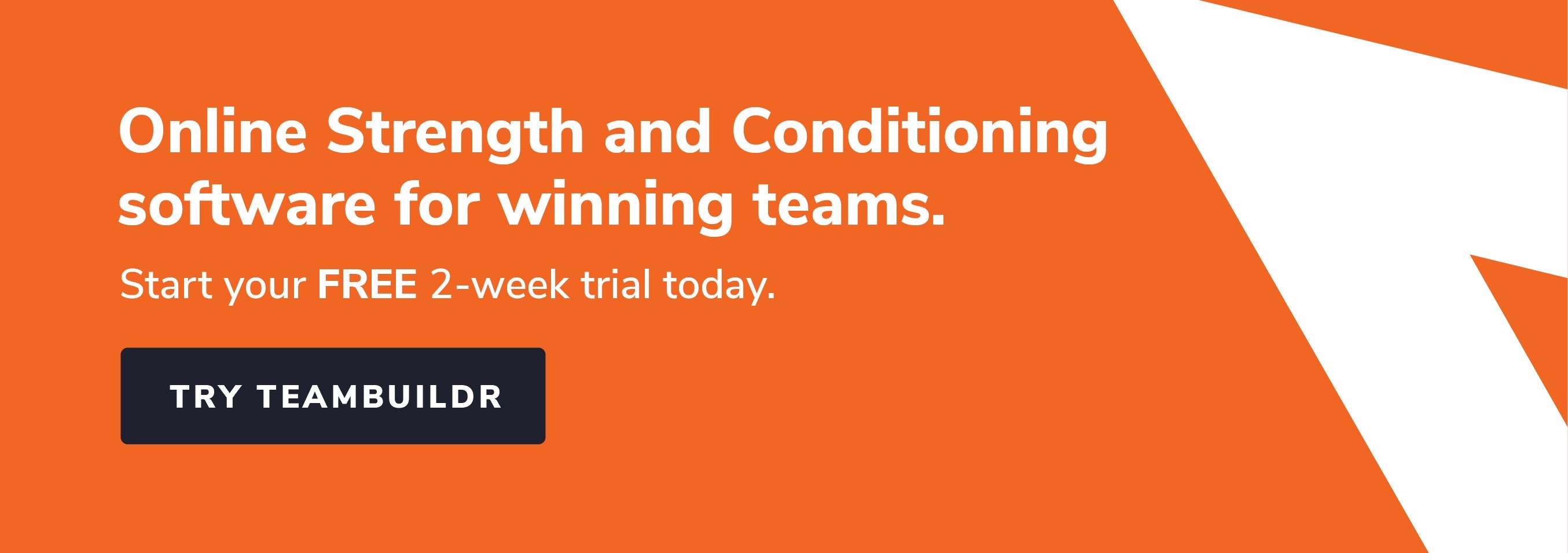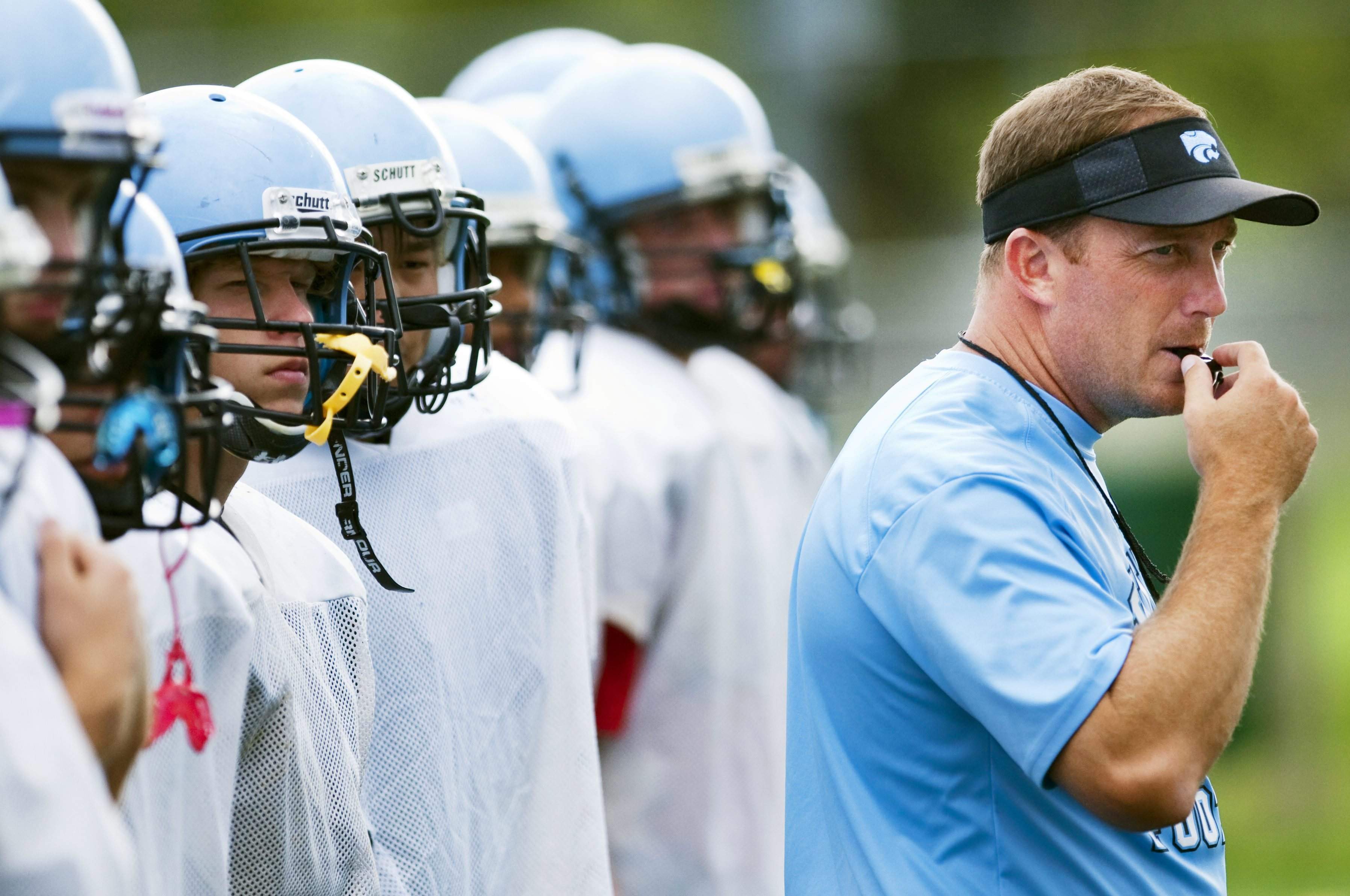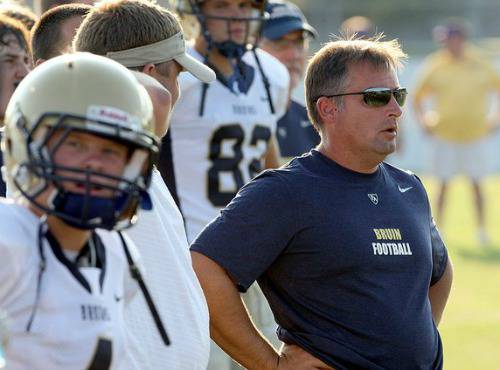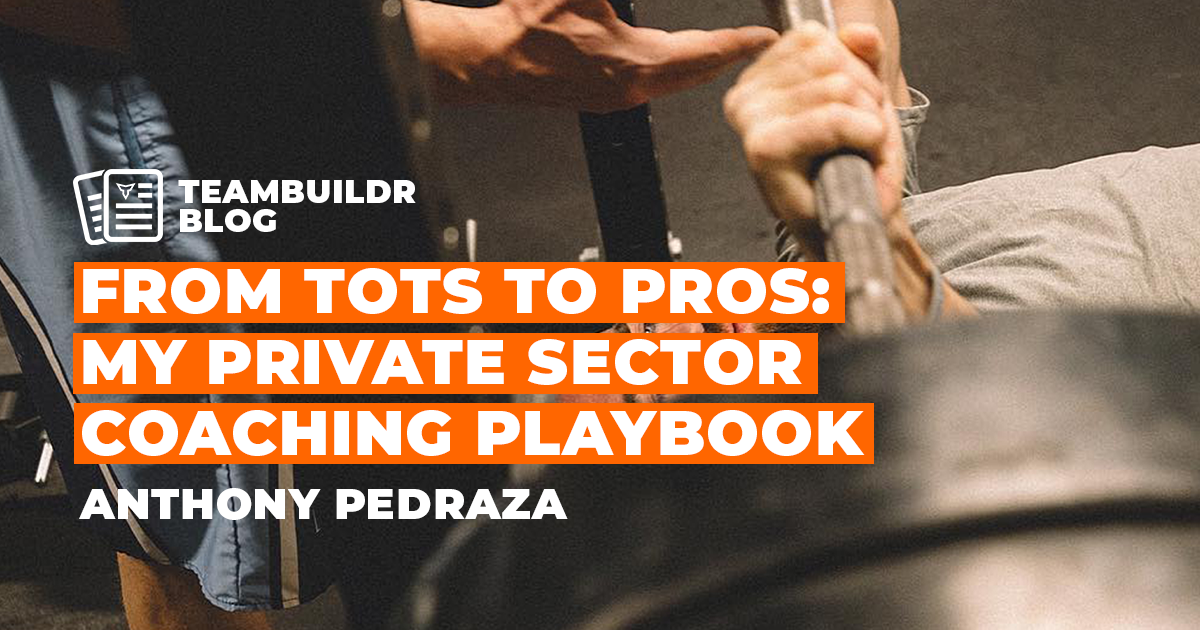We live in the wealthiest country in the world, but at the same time, there never seems to be enough money to go around. Sort of ironic, don’t you think?
If you’re anything like me, you have invested a lot of time, energy, and resources to have your program to grow and it’s something to be proud of. Sooner or later, your sweat equity will only go so far and you are going to need some more money. Either you have to update some big ticket items, bring your staff to the national clinic, or maybe even try to fund another position. It really doesn’t matter what you are trying to do, you need more money and your budget cannot afford it.
While it’s not a four letter word, fundraising might as well be. It seems like people talk about with low voices and like religion or politics; it’s not something to be brought up in polite company. Like many things that are socially avoided, there should be a candid and open discussion about how to create additional funds. All the revenue streams you can create will eventually become a powerful river, but you have to first get started.
As Ron McKeefery states, fundraising is often an essential part of the S&C coach's job that gets omitted from the job description. Ultimately, athletic fundraising is more work than people realize and successful fundraising typically takes planning and full ownership throughout the process. In this post, we'll discuss the two types of fundraising and explore options on the second type to most efficiently fundraise for a strength program.
Active vs. Passive Fundraising
To take a lesson from the entrepreneur world, there is an idea that there are only two types of income streams: active and passive. Active income is one that you (or someone else) has to constantly work in order to earn money. The other idea is to have a passive income, which means that once you have completed the initial setup then you don’t need to put in additional time to work on it. For the rest of this conversation, I am going to keep the focus narrowed to what can happen passively online.

Passive Fundraising
The easiest way to take part in passive fundraising is to partner with another organization or company and piggyback on their services. Here are two examples:
Fundraising through Apparel with Zazzle.com
A group that I used for years was Zazzle.com. As long as you have a logo, you can get that image on practically anything in their library of apparel and merchandise. Your athletes are going to need shorts, shirts, shaker cups, gym bags, and any other gear they want to spend money on, if they can your program out in the meantime they typically will.
Since Zazzle.com is all web-based, they are going to take care of all the headaches. They handle inventory, payments, shipping, and returns. By the way, did I mention that you chose your commission of 5% to 99% of the unembellished product? Let’s say that you really like a t-shirt that sells for $10 and you add your logo and a 50% markup which brings it to $15. Every time someone orders a shirt, you get $5 which they will automatically deposit in your account. It’s a pretty sweet deal considering that you don’t have to deal with any of the typical headaches that selling apparel usually brings.
After hearing about the potential money that you could make with Zazzle.com, would you be excited about partnering with a group which earns you 0.5% of their sales? What’s the matter? 0.5% isn’t doing it for you? That’s a shame because that is exactly what the Amazon Smile program offers. Yep, you heard that right. The world's largest online shopping network is going to give you 0.5% of people purchases. Did that change your mind? Well, it should. Before you get too excited and start finding ways to spend your newfound money, here is the small print.
Fundraising with AmazonSmile
First off you need to be affiliated with a 501(c)(3) charitable organization. Most education institutions should fall into this category and is something that your business office should be able to provide the proper documents. The other thing is that you have to go through smile.amazon.com in order to be a qualification purchase. The big hang-up here is that your phone’s app doesn’t sync up with the smile program, so for the moment, you are stuck using the desktop version. If are fine with those two conditions, then all you need to do is let everyone you know to choose your organization on the smile program (which once entered your browser will switch over in case you go to Amazon.com), then sit back and start collecting the checks.
The best thing about passive sports fundraising streams is that they take away the fear of asking people for money. All you have to do is promote the site and put out the occasional reminder. Most of your fans and supporters want to help out the program anyway, and when they know their purchases will help out your program then it’s really a simple and effective starting point. We’ve all seen how confidence builds when people have success. Once you have these programs set up, your confidence will start building and you can take the next set into launching active athletic fundraising campaigns. But we’ll get into that in the next post.

Subscribe to our blog
Subscribe to receive the latest blog posts to your inbox every week.
Related posts

Why Are High School Coaches Abandoning Traditional Fundraising?

The High School Coach That Never Punts But Always Wins
